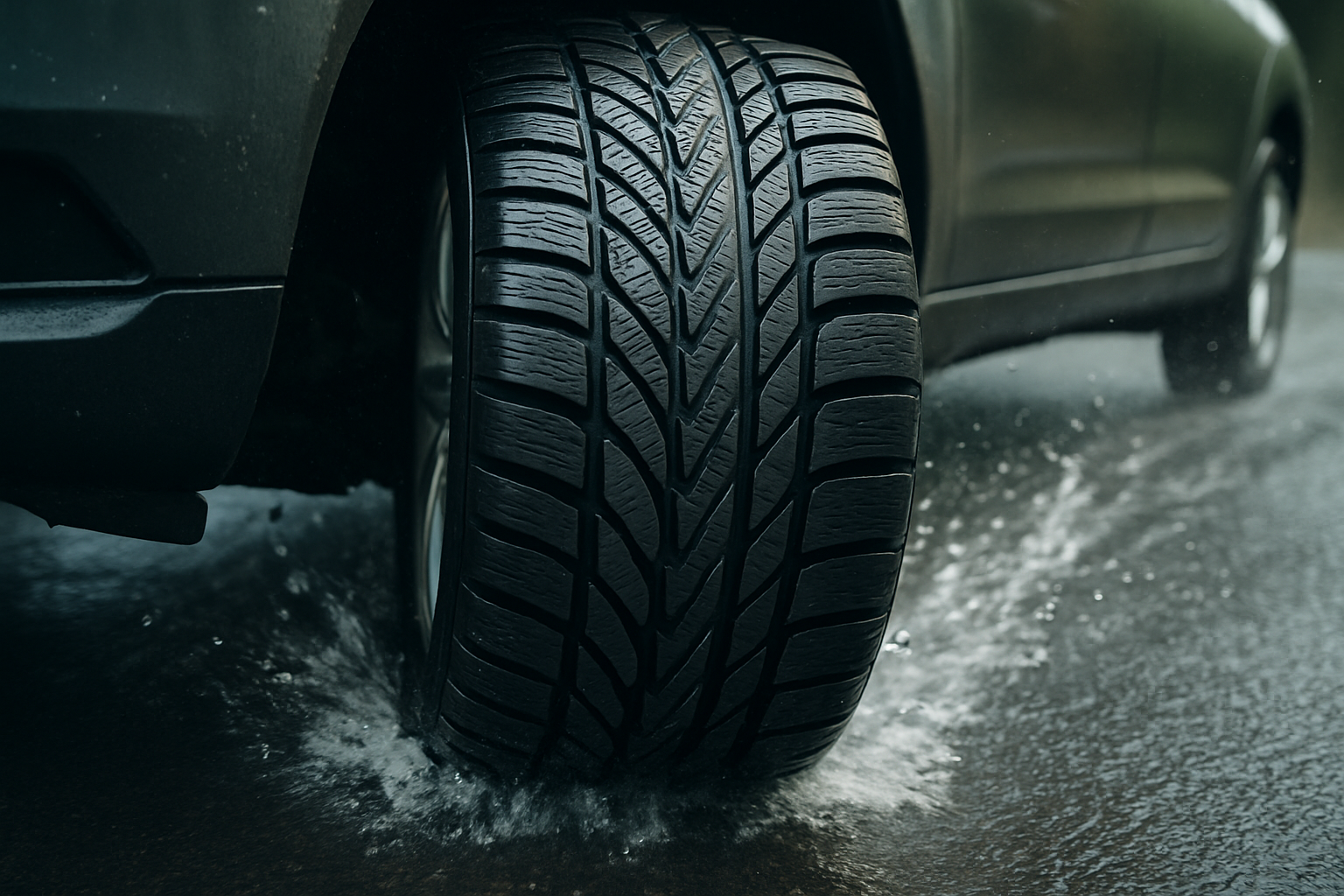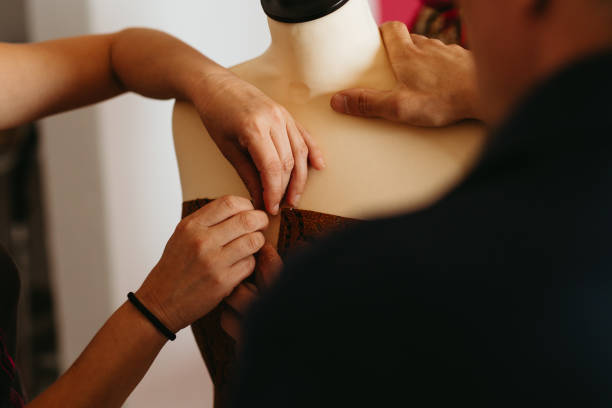Screwless Dental Implants – The Future of Natural-Looking Smiles
Screwless dental implants look and feel just like real teeth, offering a sleek, comfortable solution for modern smile restoration. With no visible screws or complex parts, they provide improved aesthetics and a more natural fit. Discover why this innovative approach is redefining dental care and gaining popularity fast!

What Are Screwless Dental Implants?
Screwless dental implants represent an evolution in implant dentistry that eliminates the need for abutment screws in the final restoration. Unlike traditional implants that use screws to attach the crown to the implant post, screwless systems use alternative connection methods such as friction fits, locking tapers, or snap-on mechanisms. The implant itself is still surgically placed in the jawbone, but the way the visible portion connects differs significantly. This design aims to address some of the common issues associated with screw-retained implants, including potential screw loosening, micro-gaps, and aesthetic limitations caused by screw access holes.
The concept behind screwless implants focuses on creating a more seamless connection between the implant and the restoration. By eliminating visible screw access channels, these systems can provide improved aesthetics, particularly in the anterior (front) region of the mouth where appearance matters most.
How Screwless Implants Work
Screwless dental implant systems typically utilize one of several different mechanisms to secure the prosthetic tooth to the implant body. One common approach employs a morse taper connection, which creates a friction fit when the abutment is inserted into the implant. This connection becomes stronger under pressure, effectively “locking” the components together without screws.
Another approach uses a snap-on mechanism where the restoration clicks into position on specially designed implant interfaces. Some systems incorporate internal locking features that engage when the restoration is seated, eliminating the need for a visible screw access hole while maintaining a secure connection.
The surgical process begins similarly to traditional implants – a titanium post is placed into the jawbone during a surgical procedure. After the osseointegration period (typically 3-6 months) when the implant fuses with the bone, the difference becomes apparent. Instead of using screws to attach the final restoration, the dentist uses the specific connection mechanism of the chosen screwless system to secure the crown, bridge, or denture.
Benefits of Screwless Dental Implants
Screwless dental implants offer several advantages that make them an attractive option for both patients and dental professionals. Perhaps the most significant benefit is improved aesthetics. Without screw access holes on the chewing surfaces or backs of teeth, restorations can be designed with more natural contours and translucency, particularly important for front teeth where appearance is crucial.
Another major advantage is simplified maintenance and retrieval when necessary. Many screwless systems allow for easier removal of the restoration if repairs or adjustments are needed, without damaging the underlying components. This can save time and reduce costs over the lifetime of the implant.
Biomechanical benefits may also exist with certain screwless designs. Some studies suggest that screwless connections can provide better force distribution and potentially reduce stress on surrounding bone. Additionally, eliminating screw access channels preserves more of the restoration material, potentially increasing its strength and durability.
The absence of screws also eliminates specific complications associated with screw-retained systems, such as screw loosening or fracture, which account for a significant percentage of implant maintenance issues in traditional systems.
Natural Smile Restoration
Achieving a natural-looking smile is a primary goal for patients seeking dental implants, particularly when replacing visible teeth. Screwless implant systems excel in this area by allowing for more anatomically correct prosthetic teeth. Without the constraints of screw access holes, dental technicians can create restorations with optimal contours, color gradients, and translucency that closely mimic natural teeth.
The aesthetic advantage becomes particularly evident in the front teeth region, where traditional screw-retained implants might require visible access holes or compromise on appearance. Screwless systems permit complete closure of the crown, enabling the creation of prosthetics that reflect light similarly to natural teeth.
Beyond mere appearance, screwless implants can contribute to more natural function. The continuous surface of the restoration without access channels allows for more natural chewing surfaces and potentially better comfort. Additionally, some patients report that screwless implant restorations feel more like natural teeth in their mouths compared to screw-retained alternatives.
Screwless vs. Traditional Implants: A Comparison
When evaluating implant options, understanding the differences between screwless and traditional systems can help inform treatment decisions. Here’s how these technologies compare across several important factors:
| Feature | Screwless Implants | Traditional Screw-Retained Implants |
|---|---|---|
| Aesthetic Design | No access holes, more natural appearance | May have visible screw access on biting surface or back of tooth |
| Retrievability | System-dependent, but many allow for damage-free removal | Easily retrievable by removing screw |
| Potential Complications | Connection stability depends on design; potential for restoration separation | Screw loosening, fracture, or screw-hole filling material wear |
| Cost Considerations | Often higher initial cost due to proprietary components | Generally more economical initially |
| Maintenance | Potentially less maintenance related to screw issues | May require periodic screw tightening |
| Tissue Response | Potential for better soft tissue adaptation around connection | May have micro-gaps at screw junctions |
Prices, rates, or cost estimates mentioned in this article are based on the latest available information but may change over time. Independent research is advised before making financial decisions.
The ideal choice between screwless and traditional implants depends on several factors, including the location of the missing tooth, aesthetic demands, budget constraints, and the specific clinical situation. Front teeth replacements often benefit most from screwless systems, while posterior (back) teeth may not require the aesthetic advantages that screwless implants provide.
Both systems have proven successful in long-term tooth replacement, and dental professionals typically recommend the most appropriate option based on individual patient needs. Some patients may receive a combination of both systems depending on which teeth are being replaced.
Conclusion
Screwless dental implants represent an important advancement in restorative dentistry that prioritizes aesthetics and simplifies certain aspects of implant maintenance. By eliminating visible access holes and potential screw-related complications, these systems offer distinct advantages for creating natural-looking smiles, particularly in the visible portions of the mouth. While traditionally screwed implants remain a viable and well-established option with their own advantages, screwless alternatives continue to gain popularity as patients increasingly demand restorations that are indistinguishable from natural teeth. As implant technology continues to evolve, screwless systems may indeed represent the future direction of dental implant design for aesthetically demanding cases.
This article is for informational purposes only and should not be considered medical advice. Please consult a qualified healthcare professional for personalized guidance and treatment.




